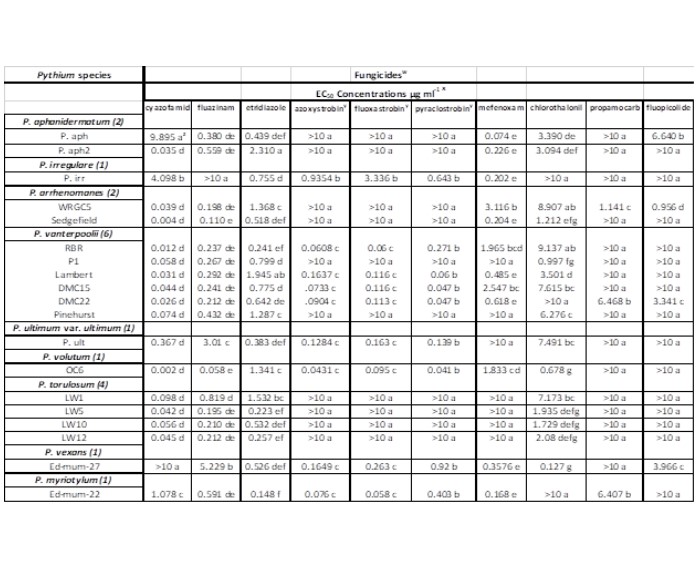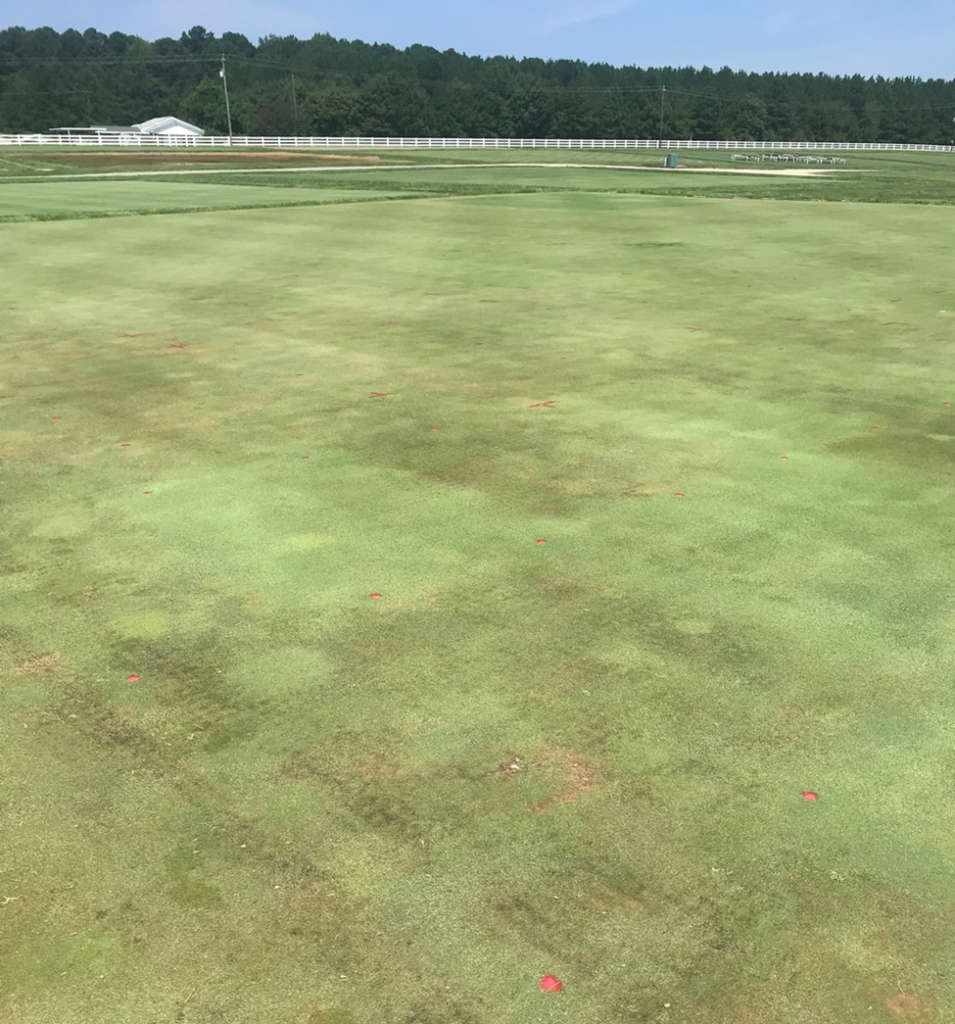Center Update: Pythium Root Rot
go.ncsu.edu/readext?759797
en Español / em Português
El inglés es el idioma de control de esta página. En la medida en que haya algún conflicto entre la traducción al inglés y la traducción, el inglés prevalece.
Al hacer clic en el enlace de traducción se activa un servicio de traducción gratuito para convertir la página al español. Al igual que con cualquier traducción por Internet, la conversión no es sensible al contexto y puede que no traduzca el texto en su significado original. NC State Extension no garantiza la exactitud del texto traducido. Por favor, tenga en cuenta que algunas aplicaciones y/o servicios pueden no funcionar como se espera cuando se traducen.
Português
Inglês é o idioma de controle desta página. Na medida que haja algum conflito entre o texto original em Inglês e a tradução, o Inglês prevalece.
Ao clicar no link de tradução, um serviço gratuito de tradução será ativado para converter a página para o Português. Como em qualquer tradução pela internet, a conversão não é sensivel ao contexto e pode não ocorrer a tradução para o significado orginal. O serviço de Extensão da Carolina do Norte (NC State Extension) não garante a exatidão do texto traduzido. Por favor, observe que algumas funções ou serviços podem não funcionar como esperado após a tradução.
English
English is the controlling language of this page. To the extent there is any conflict between the English text and the translation, English controls.
Clicking on the translation link activates a free translation service to convert the page to Spanish. As with any Internet translation, the conversion is not context-sensitive and may not translate the text to its original meaning. NC State Extension does not guarantee the accuracy of the translated text. Please note that some applications and/or services may not function as expected when translated.
Collapse ▲Biology and Management of Pythium Root Rot in Golf Course Putting Greens
PI: Jim Kerns; Student: Halle Hampy
Introduction
Creeping bentgrass, annual bluegrass and hybrid bermudagrass are the most commonly used turf species for putting greens due to their high plant density and tolerance for low mowing (5). During the summer months, heat and physiological stress makes creeping bentgrass and annual bluegrass management difficult. Impairment of root function by soilborne plant pathogens, particularly Pythium species, is a significant problem that leads to the decline of creeping bentgrass and annual bluegrass during summer stress periods (12). On the other hand, bermudagrass struggles during the fall, winter and spring when light levels are low and temperatures are suboptimal (12). Approximately 116 species are members of the Pythium genus (2), and many have been found in association with creeping bentgrass or annual bluegrass roots. Only a few studies have investigated Pythium species associated with bermudagrass roots.
Although Pythium diseases are major issues for numerous crops, including turfgrass, the research community does not focus on these organisms. Research targeting pathogenicity and epidemiology of oomycete diseases are focused on Phytophthora species or downy mildews. These organisms are easy to manipulate and typically develop on above ground plant structures. Pythium species however remain associated with roots and cultivation of these organisms can be challenging. A recent manuscript demonstrated that 40% of roots collected from herbicide-terminated winter rye were colonized with Pythium volutum (4). Yet, the authors were not able to isolate P. volutum with traditional cultivation (plating using semi-selective media). The authors developed an amplicon sequence isolation method directly from roots. If this was available for turfgrass it would allow diagnosticians to accurately demonstrate PRR or PRD and more importantly identify the species that is most prevalent. A tool such as this could revolutionize our understanding of the population dynamics of Pythium in golf course putting greens and could possibly lead to regional fungicide programs tailored to the species present in a given area.
Objectives
- Determine the distribution and prevalence of pathogenic root-infecting Pythium species in golf course putting greens.
- Assess aggressiveness towards mature turfgrass plants of Pythium species associated with Pythium root rot.
- Determine in vitro sensitivity of Pythium species collected to various fungicides
- Develop a quantitative PCR assay to detect Pythium species in turfgrass roots.
- Develop a quantitative PCR assay to detect Gaeumannomyces species in turfgrass roots.
Progress
- We attempted isolation from samples submitted to the Turfgrass Disease Diagnostic Lab, but we had little success. We think samples have already been sprayed prior to submission and skew our results, so very few pathogenic Pythium species were collected last year. We established sentinel plots at Lake Wheeler to sample from April to October to determine Pythium species associated with a creeping bentgrass putting green that typically suffers from Pythium root rot. Unfortunately, we have not been to start sampling due to the Covid-19 pandemic. However, we were just approved for a research exemption and my student, Halle Hampy, will begin this portion of the project next week. We anticipate collecting a plethora of Pythium species with this approach and hypothesize that different species will be isolated during different months. We also plan to monitor soil temperature and moisture in the sentinel plots.
- Halle started an initial experiment early this spring and we were finally able to induce PRR symptoms on mature creeping bentgrass (six weeks old). The key we found was shortening the container used and adding a concentrated layer of organic material in the upper 2 inches of soil. As soon as the University opens up we will run these experiments.
- We have run in vitro sensitivity analyses of Pythium species we had previously collected and observed that most all species collected were extremely sensitive to cyazofamid. Other fungicides showed varied sensitivities (Table 1).
- Along with 5 have not started yet. We plan to work on the molecular identification techniques this fall as long as the University remains open.




